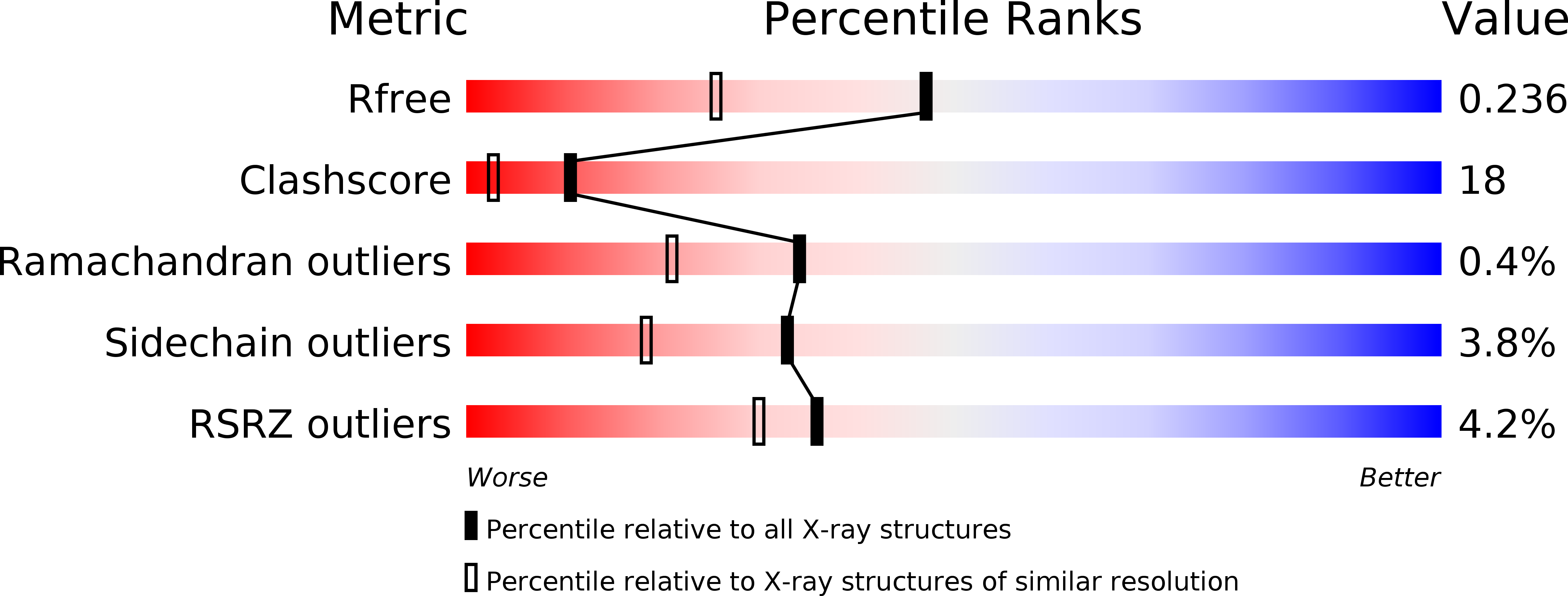
Deposition Date
2004-11-12
Release Date
2004-12-03
Last Version Date
2024-03-13
Entry Detail
PDB ID:
1WT3
Keywords:
Title:
Mutant human ABO(H) blood group glycosyltransferase with bound UDP and acceptor
Biological Source:
Source Organism:
Homo sapiens (Taxon ID: 9606)
Host Organism:
Method Details:
Experimental Method:
Resolution:
1.80 Å
R-Value Free:
0.23
R-Value Work:
0.20
R-Value Observed:
0.22
Space Group:
C 2 2 21


